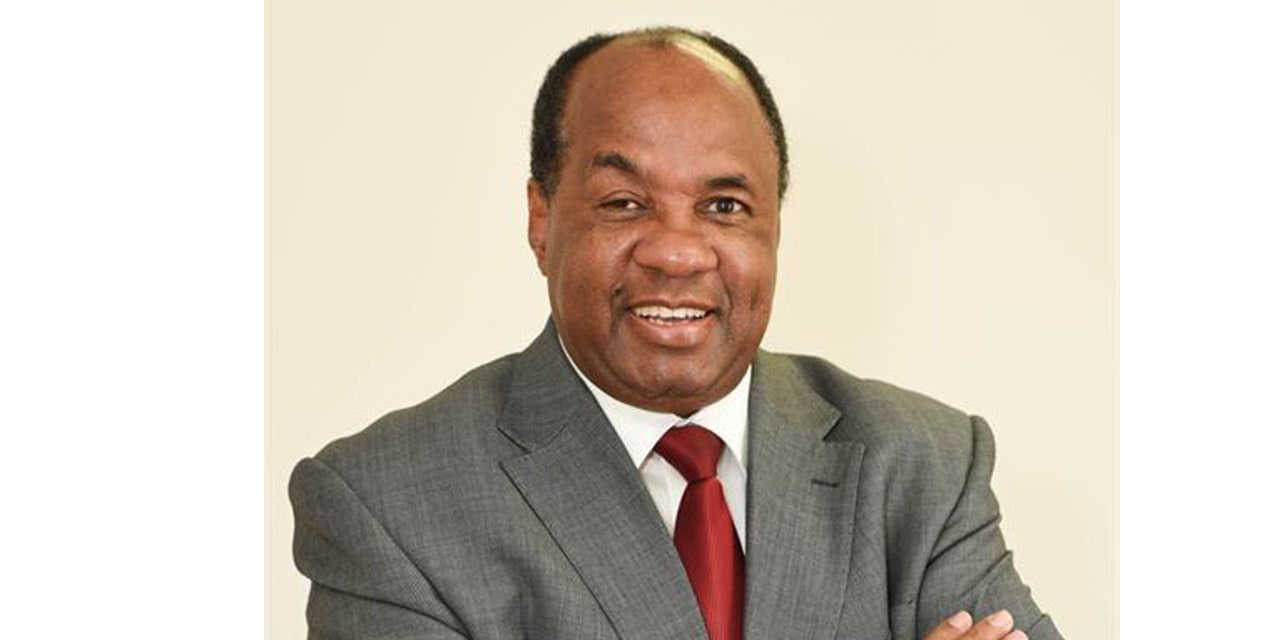Tujoromajo Kasuto
The Bank of Namibia has announced another half a percent repo rate hike to 4.75 percent, following the Monetary Policy Committee (MPC) meeting of the 13th and 14th of June 2022.
Financial analysts predict to more increases this year with more to come in 2023 to take interest rates to pre-pandemic levels.
The repo rate affects interest rates, which in turn affects instalment payments on a house and other debts such as bank overdrafts and loans.
This is the third hike in the repo rate in succession. The central bank uses repo rate to arrest inflation, but reduces consumer purchasing power. A decrease in the repo rate allows commercial banks to borrow more money from the BoN at a lower cost, resulting in lower lending rates for consumers, or vice versa.
BoN Governor Johannes !Gawaxab, said the MPC decision was taken following a review of global, regional and domestic economic developments and the elevated global and domestic inflationary pressures.
Additionally, the fragile economic recovery, and the need to safeguard the one-to-one link between the Namibia Dollar and the South African Rand, while meeting the country’s international financial obligations.
Simonis Storm economist Theo Klein notes that there are more rate hikes on the way to safeguard the one-to-one link between the Namibia Dollar and the South African Rand.
He notes that, ‘’the South African Reserve Bank (SARB) continued their interest rate hike cycle last month, hiking by 50 basis points in their May meeting. In the midst of the above global developments, SARB reduced its GDP growth forecast from 2% to 1.7% underpinned by negative short-term factors such as electricity supply challenges and the floods in Kwa-Zulu Natal’’.
Consequently, he says that the Forward Rate Agreement (FRA) curve factors in another 50bps hike in SARB’s July and September meetings, which would take South Africa’s repo rate from 4.75% to 5.75%.
‘’Our initial expectations were for a total of 125bps hike in 2022, however, we now see 200bps more likely given recent developments. With an increase of 100bps YTD and three MPC meetings left for 2022, this implies a 50bps hike in the repo rate in BoN’s August and October meetings and potentially keeping the repo rate unchanged in their December meeting,’’ he explains.
‘’The BoN cut the repo rate by 250bps in 2020 following the pandemic outbreak. If our expectations are realised, BoN will have 50bps left to hike in 2023 to reach pre-pandemic levels,’’ Kleing said.
RECENT ECONOMIC DEVELOPMENTS
Since the last MPC meeting, the governor noted that domestic economic activity rebounded in the first four months of 2022 compared to 2021.
‘’The recovery was mainly driven by increased activity in the mining, agriculture, transport, tourism, wholesale and retail trade, as well as communication sectors. On the contrary, the positive performance was offset by a continued decline in construction activity over the same period, as both public and private construction works slackened further,’’ Gawaxab said
Going forward, he added that the domestic economy is expected to grow by around three percent in
2022, with risk of consequences from the Russia Ukraine War.
‘’Risks to the domestic economic outlook in the medium term continue to be dominated by the Russia Ukraine war, climatic swings, global supply chain disruptions, higher oil and food prices, and the possible emergence of new COVID-19 variants, coupled with national vaccine hesitancy,’’ he noted.
!Gawaxab further shared that the domestic inflation accelerated to 4.9 percent during the first five months of 2022, compared to 3.2 percent in the corresponding period of 2021.
Inflation was mainly driven by an increase in transport, housing, and food prices. This, was especially on account of a rise in international oil and food prices.
On a monthly basis, ‘’inflation moderated to 5.4 percent in May 2022 from 5.6 percent
registered during the previous month, mainly attributed to a decline in transport and housing
inflation. Namibia’s overall inflation is projected to average around 5.9 percent for 2022, from
the 6.0 percent projected at the last MPC meeting,’’ he said.
Overall inflation, he noted, remains within a reasonable range, inflation risk to the domestic outlook persists and mainly lingers around supply disruptions which may continue to put pressure on food and oil prices.
‘’Going forward, inflation for food and transport is expected to remain elevated and may continue to have a disproportionate effect on the low-income segment in Namibia, and therefore requires continued close monitoring,’’ the governor warned.




